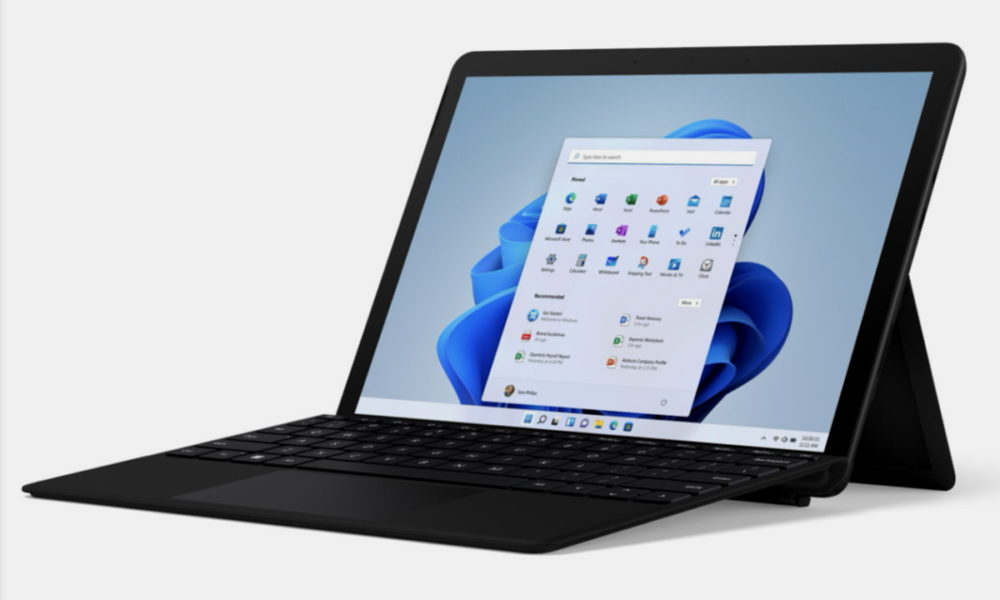
NFTs, Non Fungible Tokens, have been the subject of many conversations in recent times. And, like everything that comes associated with Web3, on one side we find staunch defenders of this technological proposal, and in front of them a huge number of detractors who consider that we gain little or nothing from its proliferation. For some it is the technology of the future, for others it is nothing more than smoke bottled in Bohemian glass.
The clearest example of this can be found in the world of videogames, in which many studies have wanted to bet on NFT, only to discover that this formula does not satisfy its users at all. The most recent example is found in Team17, which considered bringing NFTs to the Worms ecosystem, only to be met with strong rejection by its community, which has finally caused the project to end up in the garbage can.
Ubisoft has faced a similar response, although in this case the response has been much more angry, accusing players of not understanding the possibilities of a secondary market with NFTs. A display of arrogance that, personally, I interpret as a lack of respect from Ubisoft to the players, who may not understand some things, but I put my hand on the fire that they perfectly understand what the arrival of an NFT market means for their games. An exceptionally regrettable reaction, I think.
There have been many more backlashes that have prevented the proliferation of NFTs, like we’ve seen recently on Discord and in STALKER 2 development, though probably the most notorious to date is the expulsion from Steam of all games that include NFT (and also cryptocurrencies), a declared war by Valve on all things blockchain that, while it may seem extreme, is intended to protect its users from the plethora of threats that populate the blockchain world.
Without being critical of blockchains, which I personally believe can be revolutionary in many ways, and celebrating steps such as the recently announced by Intel to create “blockchain accelerator” chips, it is enough to take a quick look to see that, today from today, the NFT market and the cryptocurrency market have a lot of teasingwhich is strongly reminiscent of tulip mania, with the difference that at least all the tulip bulbs speculated on in the Netherlands in the 17th century were real.
And it is that, according to the Reuters Agency, Cent, a popular marketplace in which NFTs are bought and sold (it was the site chosen by Jack Dorsey to sell the NFT of his first tweet) has temporarily suspended virtually all operations with these digital assets. Why? To stop sales «rampant» of fake and plagiarized tokens. Something quite complex because, according to the CEO of the company, “Every time we banned one, another one appeared, or three more appeared”.
It is not the first news in this sense. OpenSea, another marketshare with a huge presence in the NFT market, recently claimed that more than 80% of the tokens registered on its platform, which allowed them to be minted for free, were plagiarism, fake collections and spam. Four out of five. Meanwhile, the creators of the content (mainly photographers and graphic designers) who are plagiarized in this way never tire of criticizing the platforms so that they take more measures to put an end to this problem.
Paradoxically, it seems that the solution to avoid (or at least substantially limit) the proliferation of this type of plagiarism, goes through the centralization of the supervision of registrations and operations. Yes, indeed, in the face of the supposed revolution of decentralization that comes with cryptocurrencies, NFTs and others, today decentralized solutions do not seem to be effective in ending the main problem of NFTs. Will decentralized solutions to this problem appear in the future? It’s possible, but in the meantime, and if the stores don’t do much stricter control, this market will remain a lawless city.




